Traditional marketing has had an outbound focus, with marketers trying to reach their target audience through a variety of means, including print & television advertising, junk mail, spam, trade shows, seminar series, email blasts to purchased lists, internal cold calling, and outsourced telemarketing, to name a few. These efforts could be rightly characterized as taking a “shotgun approach” to marketing.
Outbound marketing is proving less effective overtime for two reasons. First, your average consumer is overwhelmed with thousands of marketing interruptions each day and is finding new ways to block them out. It’s still possible to use these channels to convey an effective message, but it is becoming more expensive.
Widespread consumer adoption of the Internet, social, and mobile has given rise to a tectonic shift in marketing communications. Empowered consumers no longer have to rely on outbound marketing to be told about new products and services. They now have an alternative method of discovering and researching brands, of learning about and buying products and services. This new method, inbound marketing, has become a two-way dialogue, much of which is facilitated by social media.
Inbound marketing is a holistic, data-driven strategy that helps organizations attract and convert visitors into customers by providing personalized, relevant information and content instead of interruptive messages. By following them through the sales experience with ongoing engagement, inbound pulls consumers toward an organization’s products and services by aligning published content with consumer interests. To return to our gun analogy, if outbound marketing represents a “shotgun approach” to marketing, inbound marketing is holding a sharpshooter’s rifle.
Do you rely more on Outbound or Inbound marketing?
Let me know!
